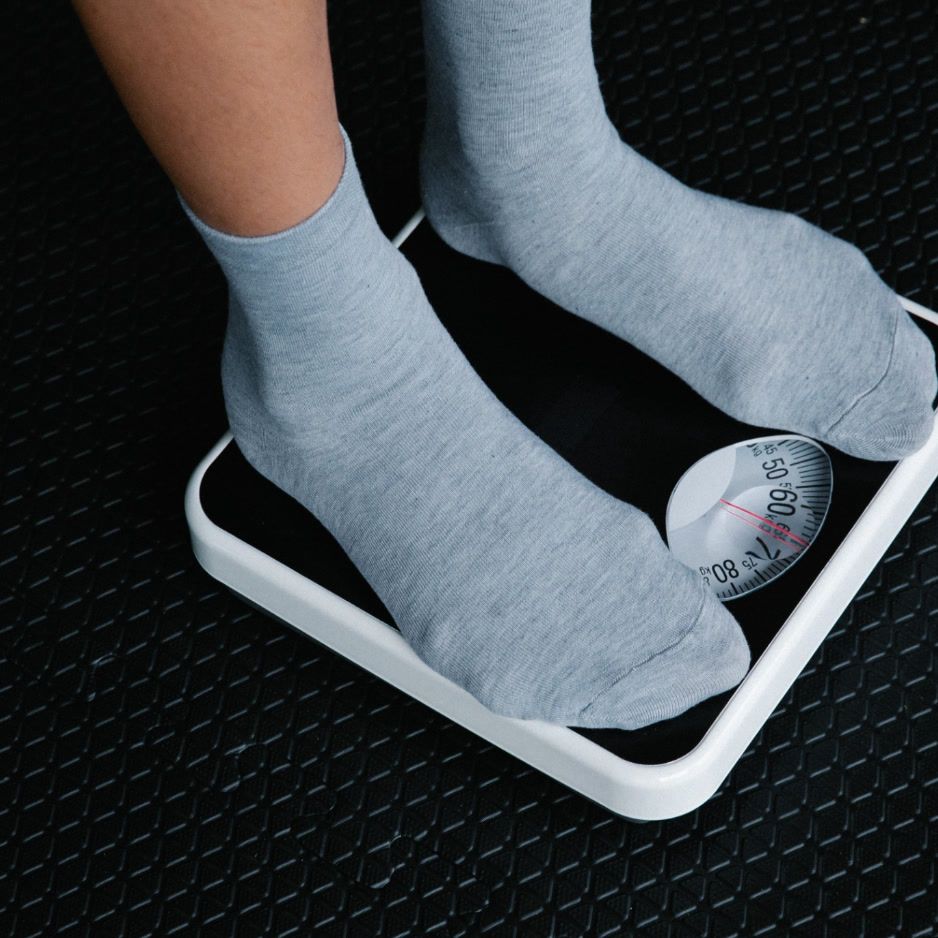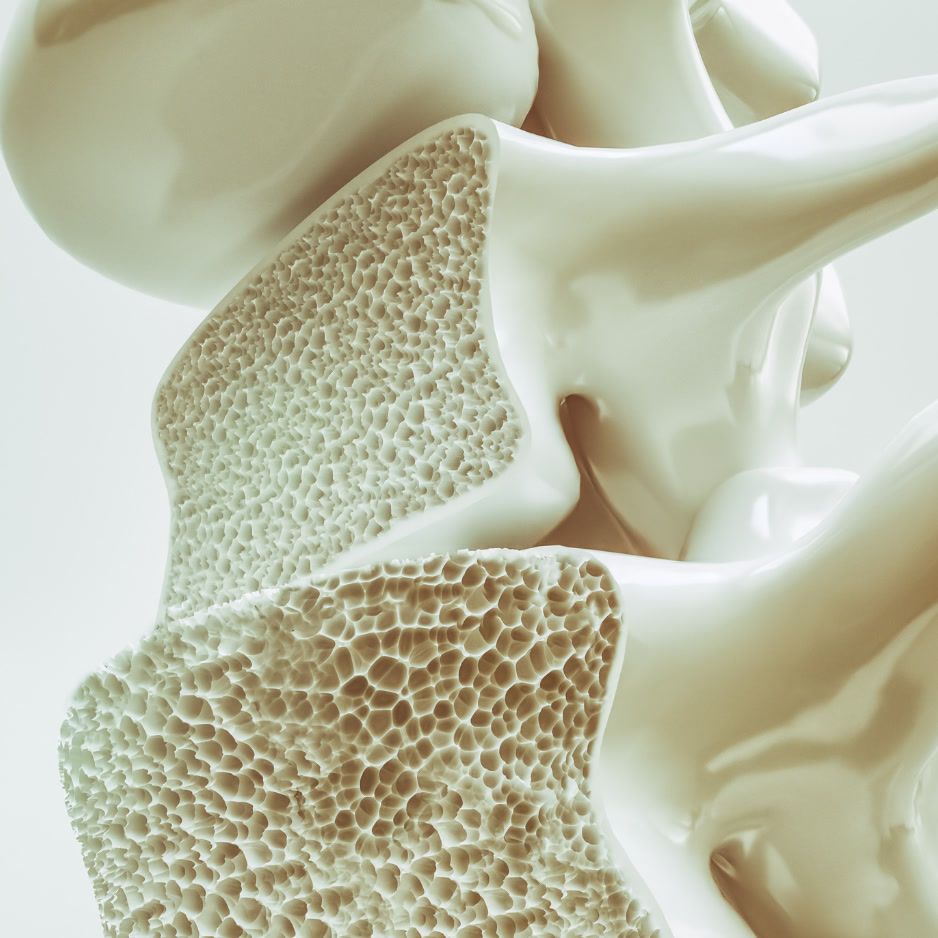Weight Gain Supplements: An Evidence-Backed Guide
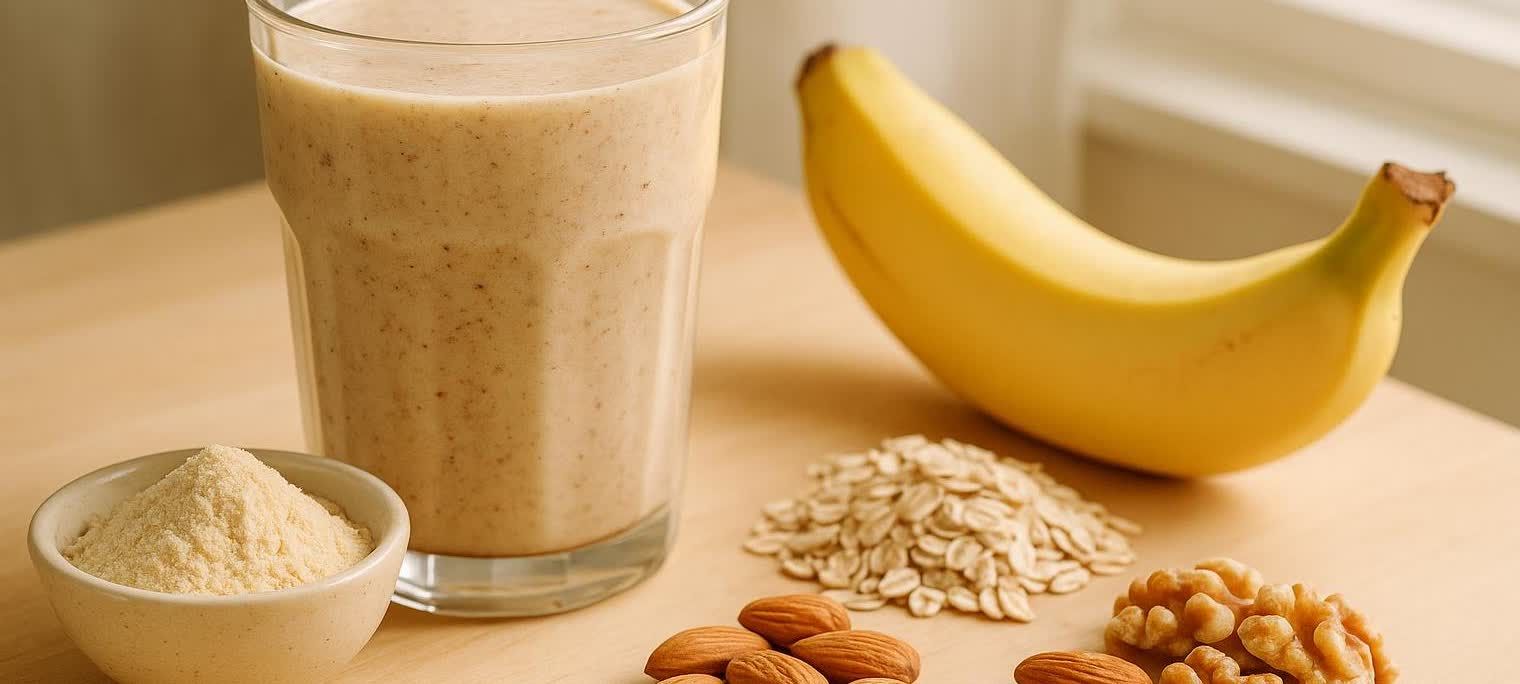
Weight Gain Supplements: An Evidence-Backed Guide
Want to gain healthy weight without guesswork? Start with a small calorie surplus, lift consistently, and use a few well-chosen supplements to make hitting your targets easier. Supplements are tools—not magic. This BodySpec guide shows you what actually works, what to skip, and how to personalize your plan so more of your weight gain consists of lean mass.
Quick answer: Which weight gain supplements actually help?
- Creatine monohydrate (3–5 g/day) supports increases in lean mass and training performance and is well-tolerated in healthy people when taken at recommended doses (comprehensive creatine evidence review).
- Protein powders (whey, casein, blends, or quality plant proteins) make it easier to hit daily protein targets that maximize training gains—around ~1.6 g/kg/day for most lifters, with diminishing returns above that (protein needs meta-analysis for muscle gain).
- Carb powders and mass gainers help you meet a calorie surplus if you struggle to eat enough; pair with resistance training to steer gains toward muscle, not just fat (overview of common weight-gainer supplement types).
- Oral nutritional supplements (ONS) for older adults with low appetite can support short-term weight gain in malnutrition, ideally alongside dietary counseling (Cochrane evidence on ONS and weight outcomes).
What to avoid:
- Products claiming steroid-like effects or “testosterone boosts.” Some bodybuilding products are illegally spiked with steroids and can be dangerous (FDA advisory on risky bodybuilding products).
- Powders with excessive added sugars.
- Products without third-party testing (NSF, Informed Sport)—contaminants and mislabeling are common (protein powder safety and testing considerations).
Step 1: Personalize your calorie and protein targets
Use this simple framework before you buy anything:
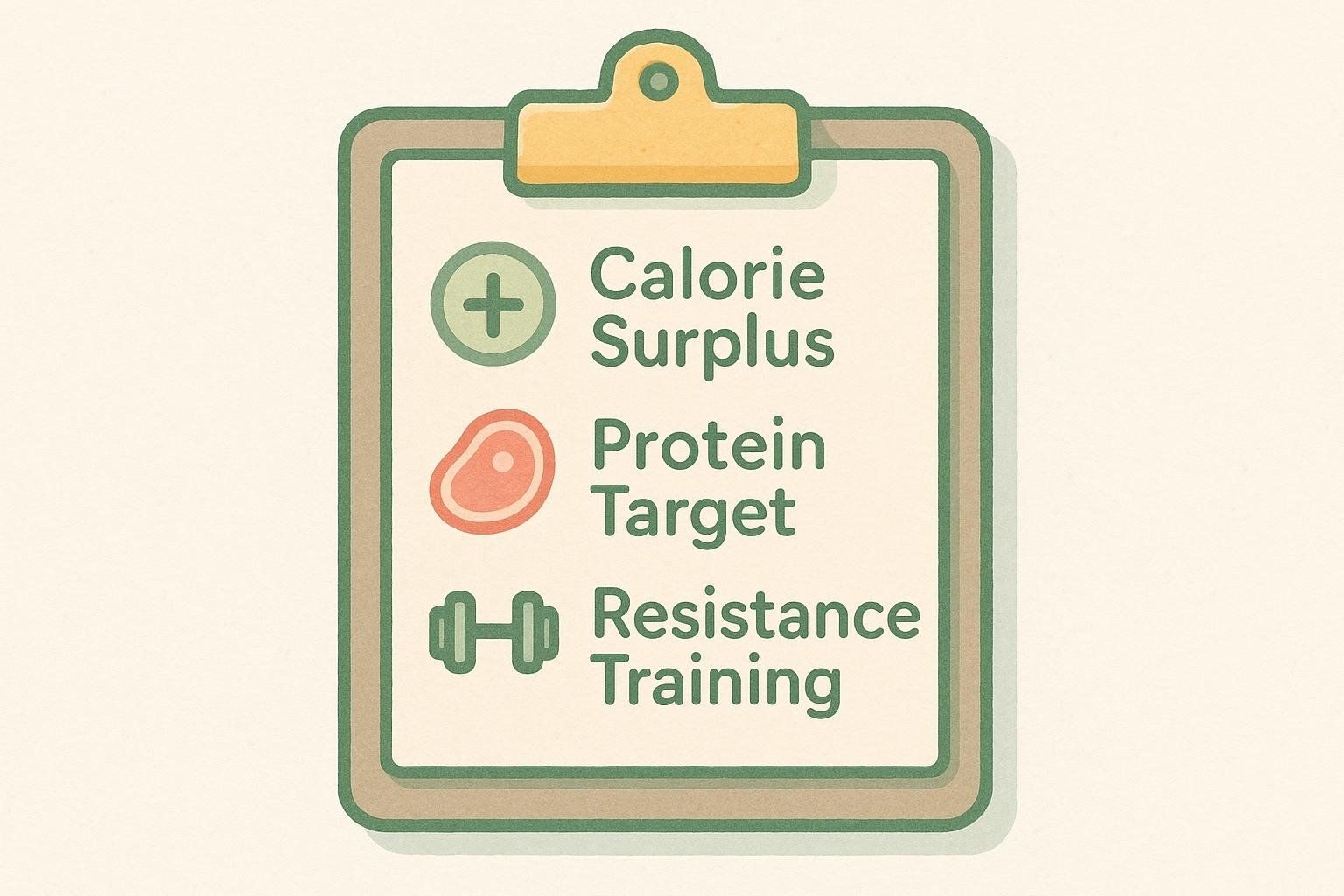
- Pick a weekly gain rate.
- Beginners or underweight: 1.0–2.0 lb/week (roughly +500–1000 kcal/day)
- Intermediate lifters or returning from a break: 0.5–1.0 lb/week (roughly +250–500 kcal/day)
- Set protein.
- Aim for ~1.6 g/kg/day to maximize gains from resistance training; higher intakes show little added benefit for lean mass in most adults (upper threshold around 1.6 g/kg/day).
- Fill the rest with carbs and fats you enjoy and tolerate.
- Carbs fuel training and help drive calorie surplus; fats are a dense source of calories that are easy to add to meals and shakes.
- Spread protein across meals and snacks you won’t skip.
Want tighter numbers? Consider:
- Getting a resting metabolic rate (RMR) test to dial in your surplus (RMR test guide – complete overview).
- Using a BodySpec DEXA body composition scan to quantify lean vs. fat changes (Body composition scan – complete guide).
- See why tracking body composition vs. scale weight matters most (Body composition vs. weight).
Comparing the Best Weight Gain Supplements (what to use and why)

| Supplement type | What it does | Typical calories/serving | Best for | What the research says | What to look for |
|---|---|---|---|---|---|
| Creatine monohydrate | Increases intramuscular phosphocreatine; supports strength, training volume, and lean mass gains when combined with lifting | 0 kcal | Most lifters; also promising in older adults | Safe and effective at 3–5 g/day in healthy people; loading not required; no kidney harm shown in healthy adults (evidence on safety and dosing) | “Creatine monohydrate,” 3rd-party tested (NSF/Informed Sport); plain powder |
| Whey protein | Fast-digesting complete protein to help hit daily protein targets | 100–160 kcal (20–30 g protein) | Post-workout and anytime convenience | Protein intakes around ~1.6 g/kg/day maximize lean gains with training (protein intake and lean gains meta-analysis); whey absorbs rapidly (research comparing whey and casein digestion) | Low added sugar, minimal ingredients, 3rd-party tested |
| Casein protein | Slow-digesting protein for longer amino acid release | 110–170 kcal (20–30 g protein) | Evening shakes, longer gaps between meals | Sustains amino acid release into the bloodstream for longer than whey due to slower digestion (research comparing whey and casein digestion) | Micellar casein, 3rd-party tested |
| Carb powders (e.g., maltodextrin) | Simple way to add carbs/calories to shakes | 100–200+ kcal | “Hard gainers” or busy days when solid food is tough | Primarily serve to increase carbohydrate and total energy intake, which supports a calorie surplus when whole-food intake is insufficient | Few ingredients, 3rd-party tested |
| Mass gainer blends | High-calorie mix of carbs, protein, fats | 500–1200+ kcal | Ectomorphs struggling to eat enough | Provide a concentrated source of calories and macronutrients that can facilitate a surplus; product quality and sugar content vary widely across brands | Reasonable protein:carb ratio, low added sugar, 3rd-party tested |
| Oral nutritional supplements (ONS) | Medical-style shakes designed to improve intake in malnutrition | 200–600 kcal | Older adults or people recovering from illness with low appetite | Dietary advice with or without ONS can increase short-term weight in malnourished adults; evidence quality varies (Cochrane review summary of ONS) | Follow clinician guidance; check protein per serving and tolerability |
Supplement Plans for Different Goals
1) Ectomorph fitness enthusiast (the classic “hard gainer”)
- Daily targets:
- Protein: ~1.6–2.0 g/kg/day
- Calories: +300–600 above maintenance, adjusted by weekly scale trend
- Baseline stack:
- Creatine monohydrate 3–5 g/day, any time; consistency beats timing (research-backed creatine basics).
- Whey isolate or blend to cover 20–40 g protein around training as needed; casein shake before bed if dinner is light (timing implications of whey vs. casein).
- Carb powder or a modest mass gainer serving to push calories on low-appetite days.
- Training: Emphasize progressive overload and support recovery with quality sleep, daily activity, and planned deloads (science-backed recovery strategies).
For more detail on your diet, explore our guides on macronutrients, lean bulk essentials, and meal plan templates to support your whole-food strategy.
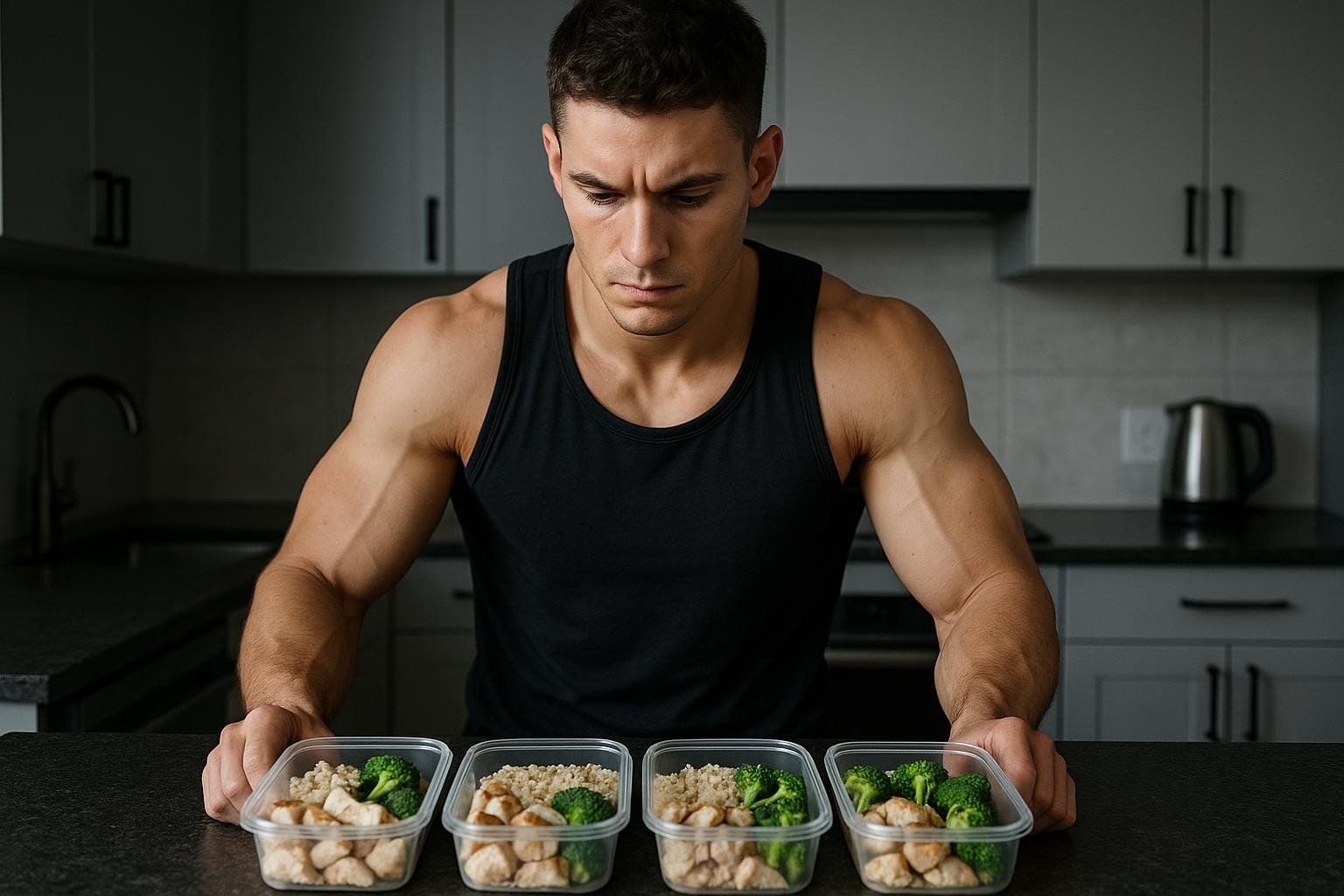
2) Underweight adult recovering from illness/surgery
- First, work with your clinician. Medical needs vary, and supplements should fit your diagnosis, medications, and appetite.

With your provider’s approval, potential options to discuss include:
- ONS shakes between meals or as sips throughout the day; ideally paired with dietary counseling (evidence summary on ONS for malnutrition).
- Creatine 3 g/day to help preserve or rebuild lean mass alongside gentle resistance training as tolerated (creatine’s safety and benefits in adults).
- Whey or casein if dairy is tolerated; choose lactose-free or plant protein if needed.
- If you have chronic kidney disease (CKD) and are not on dialysis, protein may need to be limited—work with your clinician and a kidney dietitian before using protein supplements (guidance from the National Kidney Foundation).
- For more age-specific training guidance, see our tips on building muscle after 50.
3) Parent of an underweight child (6–12)
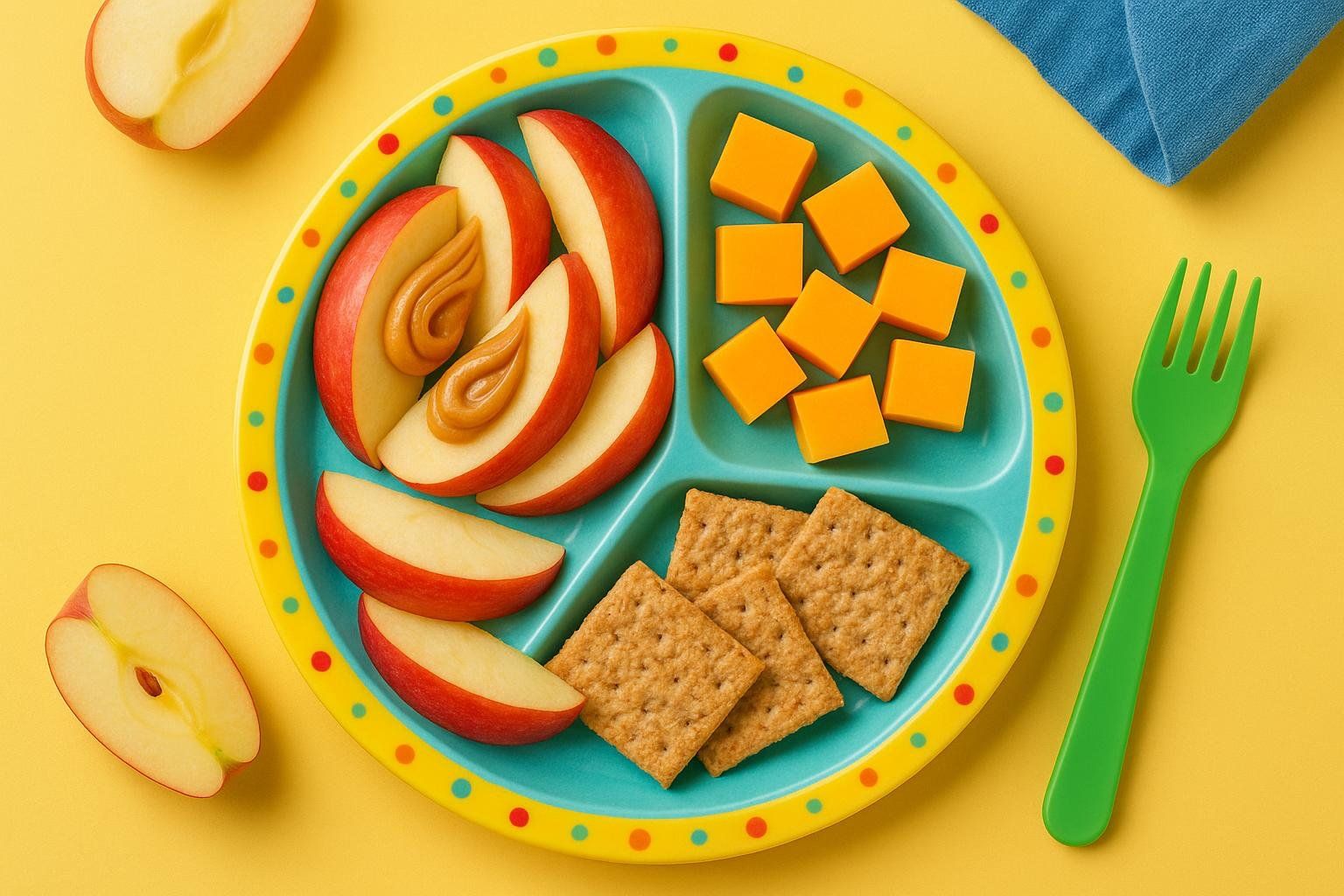
- First step: Partner with your pediatrician to rule out medical causes and to set growth goals.
- Food-first strategy: Regular meals, energy-dense add-ins (nut butters, olive oil, full-fat dairy or fortified alternatives), and kid-friendly snacks (35 quick, healthy snack ideas for kids).
- About supplements: Many sports supplements aren’t recommended or needed for children; products can be contaminated and labeling is unreliable. Focus on nutrition basics and avoid stimulant-containing “energy” products (AAP information for parents on sports supplements). If an ONS is advised, your pediatrician can help pick a safe, palatable option and dose.
Smart shopping checklist (how to pick a safe, effective product)

- Third-party tested: Look for NSF Certified for Sport or Informed Sport seals to reduce contamination risk. See the Safety section below for why this matters.
- Transparent labels: Short ingredient lists you recognize; avoid proprietary blends that hide exact amounts.
- Reasonable sugar: Many mass gainers are basically dessert. Prefer products where you can add your own carbs (oats, banana, honey) if you like whole-food calories.
- Match the form to your needs:
- Whey isolate for lactose sensitivity, casein for slow release, plant blends for dairy-free.
- Creatine monohydrate powder—skip fancy forms; they’re not shown to be better (why monohydrate is the best-supported form).
- Compare value: Price per 100 calories or per 25 g protein across brands.
- Red flags: Steroid-like marketing, proprietary “hormone boosters,” or outrageous claims.
Timing and dosing (simple rules that work)
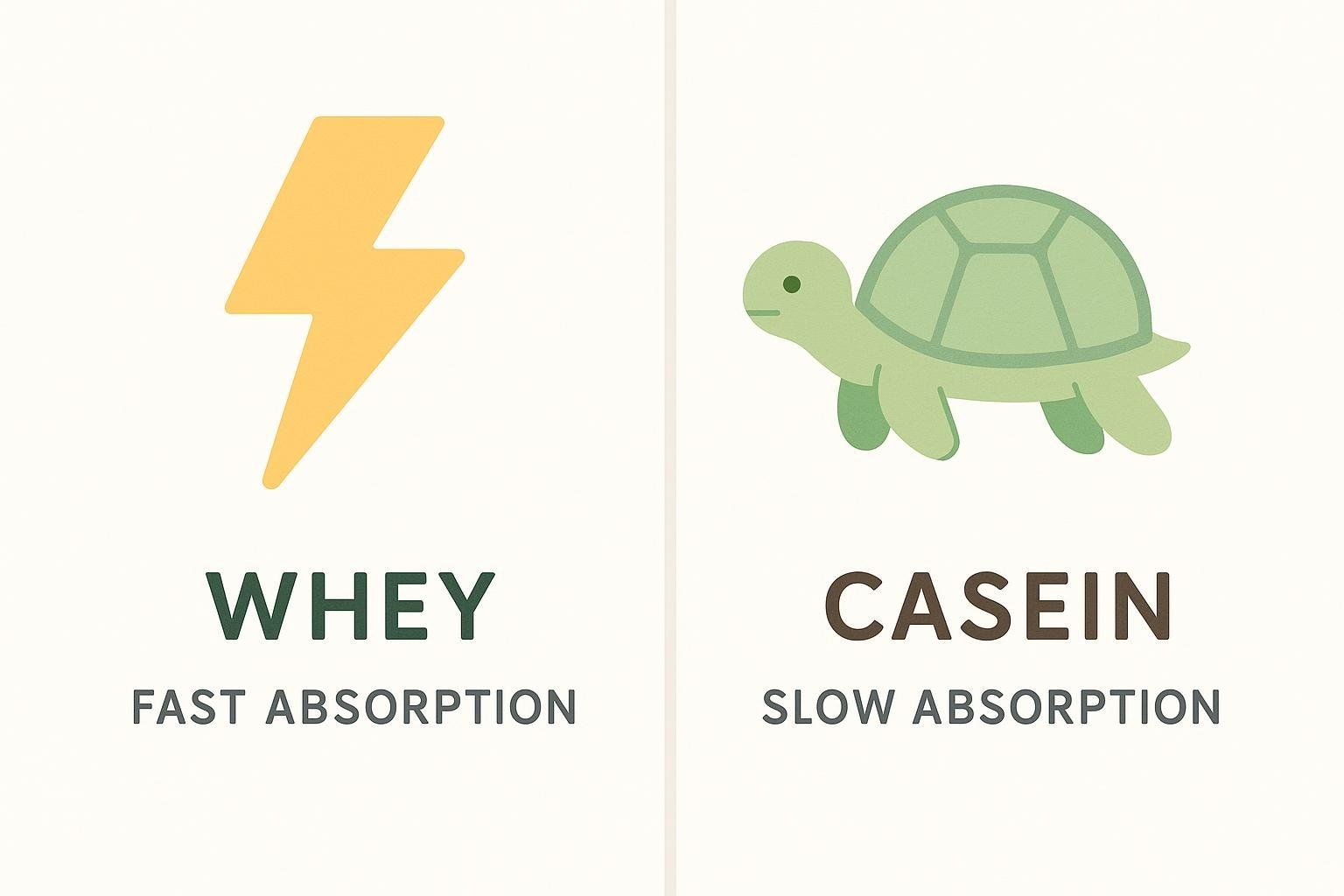
- Creatine: 3–5 g daily, any time; take with a meal or shake you’re already having for consistency (dosing and timing guidance).
- Protein: Aim for ~1.6 g/kg/day; exceeding this offers little extra benefit for muscle gain in most adults (how much protein builds muscle). Use shakes to fill gaps when appetite or schedule is tight.
- Whey vs. casein: Fast-digesting (whey) is convenient near workouts; slow-digesting (casein) can be useful before long gaps or bedtime (research comparing whey and casein digestion).
- Carbs: Add 30–80 g powdered carbs to shakes on days you’re short on calories or training hard.
3 simple weight-gain shake ideas (customize to taste)
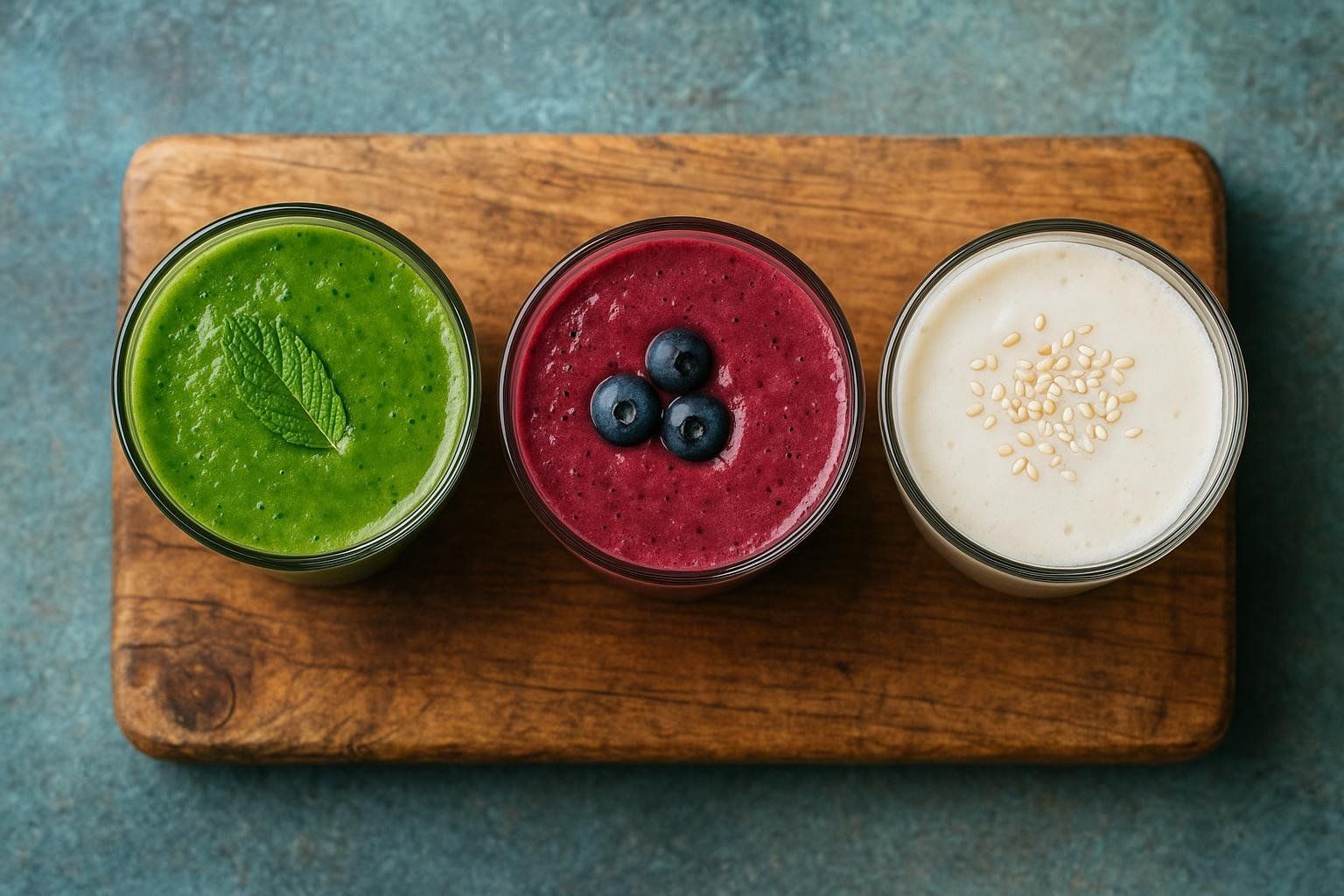
-
The “Hard-Gainer” (~700–900 kcal):
- 2 scoops whey powder (~40–50 g protein)
- 12–16 oz whole or lactose-free milk (protein, calcium)
- 1 large banana (carbs, potassium)
- 1/2–3/4 cup oats (complex carbs, fiber)
- 2 tbsp peanut butter (calorie density, healthy fats)
- 1–2 tbsp honey (quick carbs)
- Ice
-
The “Gentle Recovery” (~400–600 kcal):
- 1–2 scoops casein or lactose-free protein (~25–50 g protein)
- 12–16 oz ultra-filtered or soy milk (protein, extra calories)
- 1–2 tbsp MCT or avocado oil (easy calories, healthy fats) or 1/2 ripe avocado (fiber, fats)
- 1/3–1/2 cup oats (complex carbs)
- 1 cup mixed berries (micronutrients)
- Ice
-
The “Plant Power” (~500–700 kcal):
- 1–2 scoops pea/rice blend (~25–50 g protein)
- 12–16 oz almond milk (dairy-free base)
- 1 frozen large banana (carbs)
- 1/2–3/4 cup oats (complex carbs)
- 1–2 tbsp tahini or almond butter (healthy fats)
- 1–2 tbsp maple syrup (quick carbs)
- 1/2 tsp cinnamon (flavor)
- Ice
Scale calories up/down by adjusting milk type/amount, oils/nut butters, oats, and fruit.
Safety and side effects: What to know (and when to see a clinician)
- Supplement regulation is limited; contents may not match labels. Choose third-party tested products and reputable brands (protein powder safety and testing considerations).
- Creatine myths: It’s not a steroid, and at recommended doses it hasn’t been shown to harm kidneys in healthy people; long-term water retention is not inevitable (research on creatine safety in healthy adults).
- Watch for spiked products: Some bodybuilding supplements illegally contain steroids—avoid and report suspicious products (FDA advisory on risky bodybuilding products).
- CKD or other medical conditions: Protein supplements and high-protein diets may not be appropriate if you have kidney disease and are not on dialysis; get individualized guidance first (guidance from the National Kidney Foundation).
- Children: Sports supplements are generally unnecessary and can be risky; focus on food and pediatric guidance (AAP information for parents on sports supplements).
Track what matters: Is your “gain” actually muscle?
A DEXA scan quantifies changes in fat mass, lean mass, and visceral fat so you can tweak calories, protein, and training with confidence. Learn more about tracking body composition vs. scale weight (Body composition vs. weight).

FAQ
-
Do I need a creatine loading phase?
- No. A steady 3–5 g/day saturates stores over a few weeks without loading (no loading phase required).
-
What if protein shakes upset my stomach?
- Try whey isolate (lower lactose), switch to casein or a plant blend, or split doses across more snacks. Watch for sugar alcohols if you’re sensitive.
-
How much protein should I aim for?
- ~1.6 g/kg/day is a solid target for most adults doing resistance training; going significantly higher offers little extra benefit for muscle gain (how much protein builds muscle).
-
Are mass gainers better than whole foods?
- They’re convenient but not magical. You can make your own “gainer” shakes with protein powder, milk, oats, and nut butter to control ingredients and cost.
The bottom line
Supplements don’t build muscle on their own—calories, protein, and progressive training do. If you need help hitting those targets, a simple, safe stack works: creatine, a protein powder you digest well, and (for hard gainers or low-appetite periods) strategic carbs or a mass gainer. For older adults with poor appetite, clinician-guided ONS can help. Choose third-party tested products, mind the dose, and track your lean mass with DEXA so your weight gain is the kind that actually moves you forward. Ready to see your progress in black-and-white? Book your BodySpec DEXA scan here.
